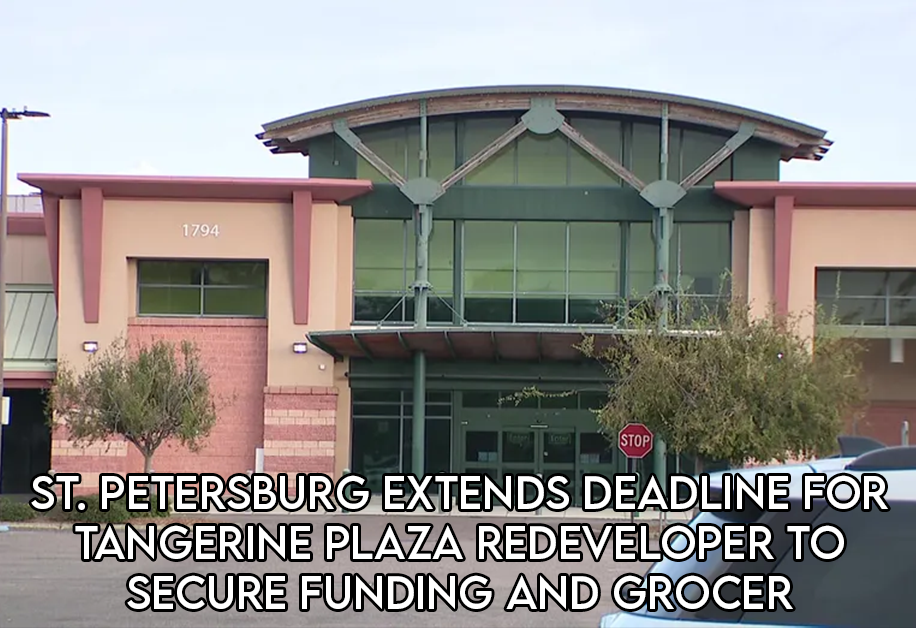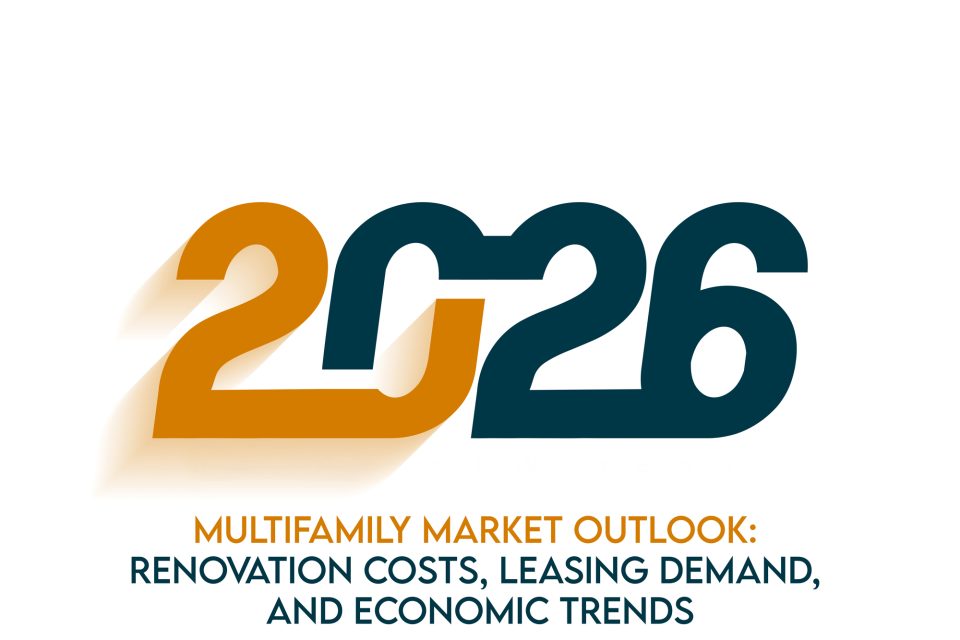
Multifamily Properties Overwhelmed by Package Surge
November 13, 2024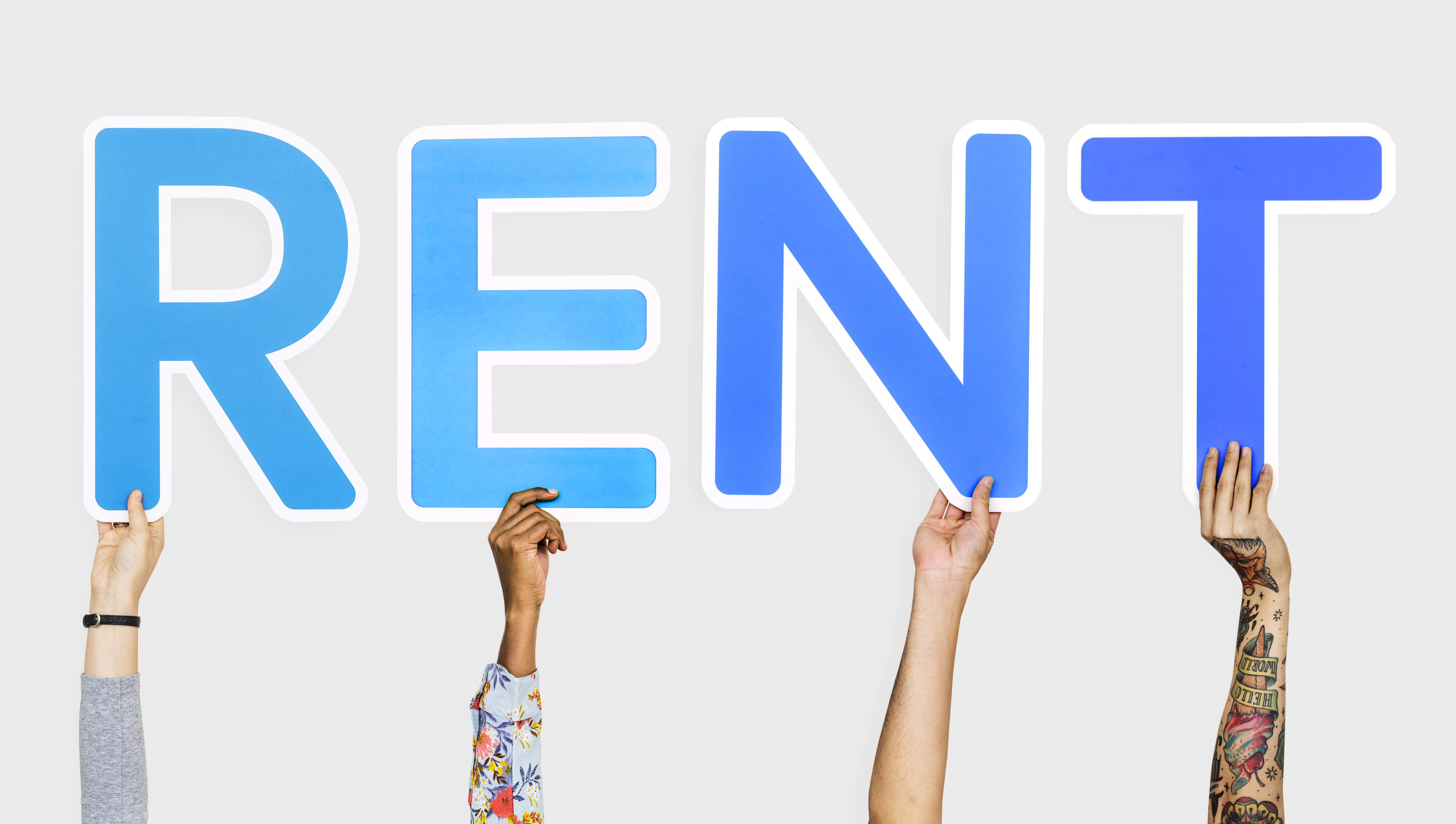
2024 Rent Growth: An In-Depth Analysis
November 14, 2024NAHB Reports Mixed Sentiment Among Multifamily Developers in Q3
The multifamily housing market experienced a blend of optimism and caution in the third quarter, as revealed by the National Association of Home Builders (NAHB) Multifamily Market Survey. The survey’s two primary metrics—the Multifamily Production Index (MPI) and the Multifamily Occupancy Index (MOI)—offered contrasting insights.
Multifamily Production Index (MPI)
The MPI, which gauges builder and developer sentiment in the apartment and condo market on a scale from 0 to 100, recorded a reading of 40. This marks a modest two-point increase compared to the previous year but remains below the critical break-even threshold of 50. According to the NAHB, any score below 50 indicates that more respondents perceive worsening conditions than improving ones.
NAHB Chief Economist Robert Dietz noted that the subdued MPI aligns with current trends in multifamily construction starts. “The relatively pessimistic MPI of 40 is consistent with multifamily construction starts that have declined from annualized rates above 450,000 from 2021 through mid-2023, to under 350,000 as of September,” Dietz explained. “We expect multifamily construction to remain weak for another year as the market works through a substantial number of units under construction, before beginning to move back to long-term trends toward the end of 2025.”
Breaking down the MPI, the index comprises four key market segments:
- Garden/low-rise units: Rose three points to 48.
- Mid/high-rise units: Held steady at 28.
- Subsidized units: Increased by seven points to 46.
- Build-for-sale (condo) units: Dropped three points to 29.
Despite slight improvements in some areas, all segments remained below the break-even point.
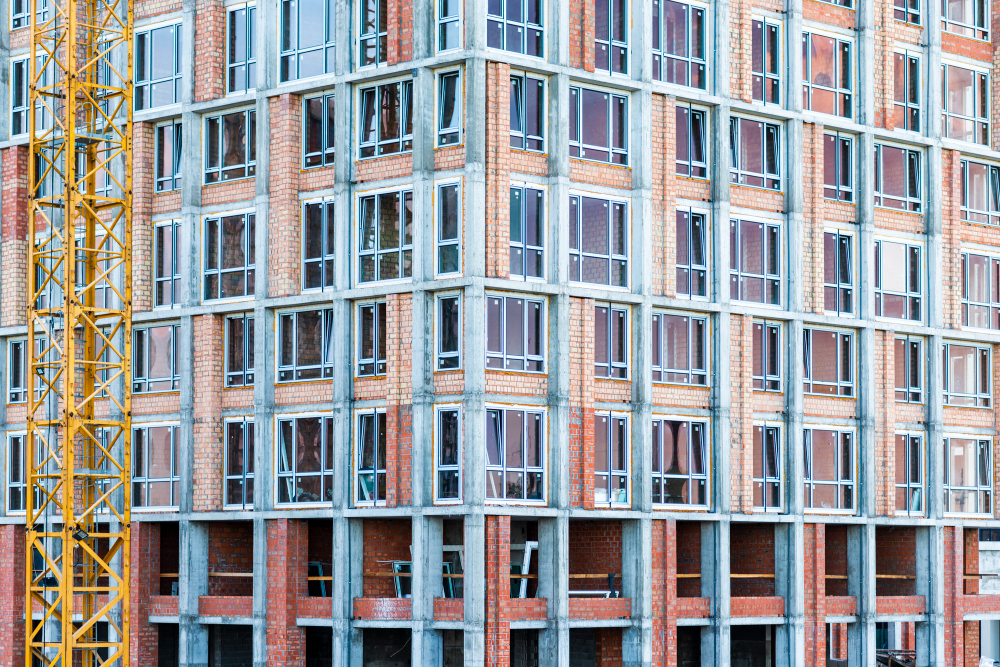
Multifamily Occupancy Index (MOI)
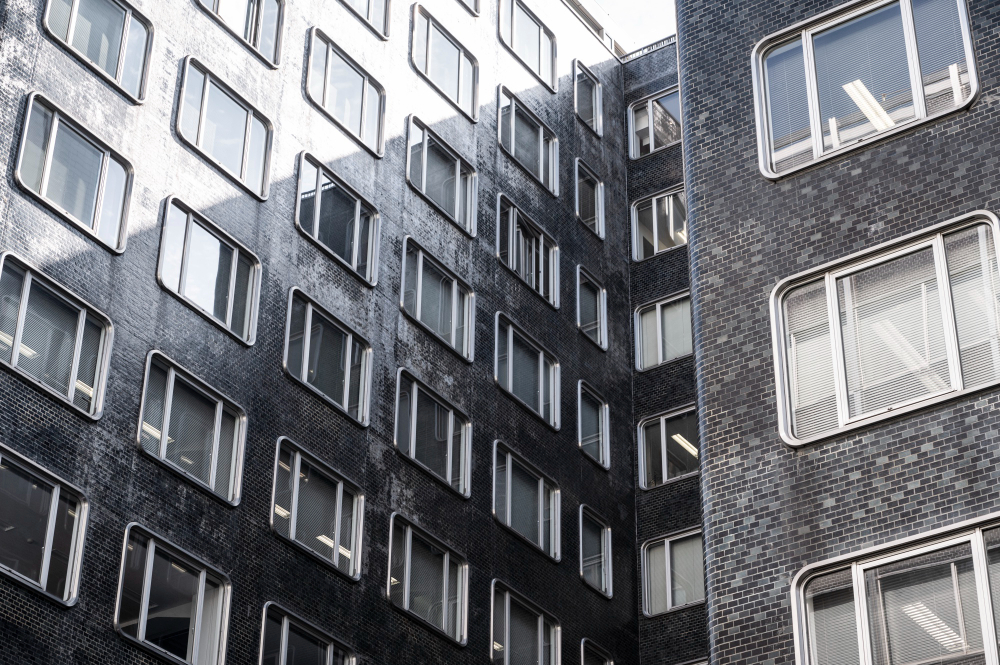
The MOI, which measures sentiment around current occupancy levels in existing apartments, stood at 75 for the quarter. Although still reflecting positive occupancy conditions, this figure represented a notable seven-point decline from the previous year. The MOI’s weighted averages for various building types showed the following changes:
- Garden/low-rise: Fell by seven points to 77.
- Mid/high-rise: Dropped by eight points to 66.
- Subsidized units: Decreased by three points to 86.
According to Tom Tomaszewski, president of The Annex Group and chairman of NAHB’s Multifamily Housing Council, “Demand for rental apartments remains strong enough to support relatively high occupancy rates in existing projects. However, construction costs, the cost and access to financing, and the availability of land and regulations remain significant obstacles to new multifamily development.”
Outlook
While the demand for rental housing continues to sustain solid occupancy levels, multifamily developers face challenges such as elevated construction expenses, regulatory hurdles, and limited access to financing. These headwinds are expected to keep new multifamily projects at reduced levels until market conditions stabilize, with an anticipated recovery toward long-term trends by late 2025.
The third-quarter survey results highlight the nuanced landscape for multifamily housing, where high occupancy contrasts with cautious production, underscoring the complexities facing developers in today’s market.



